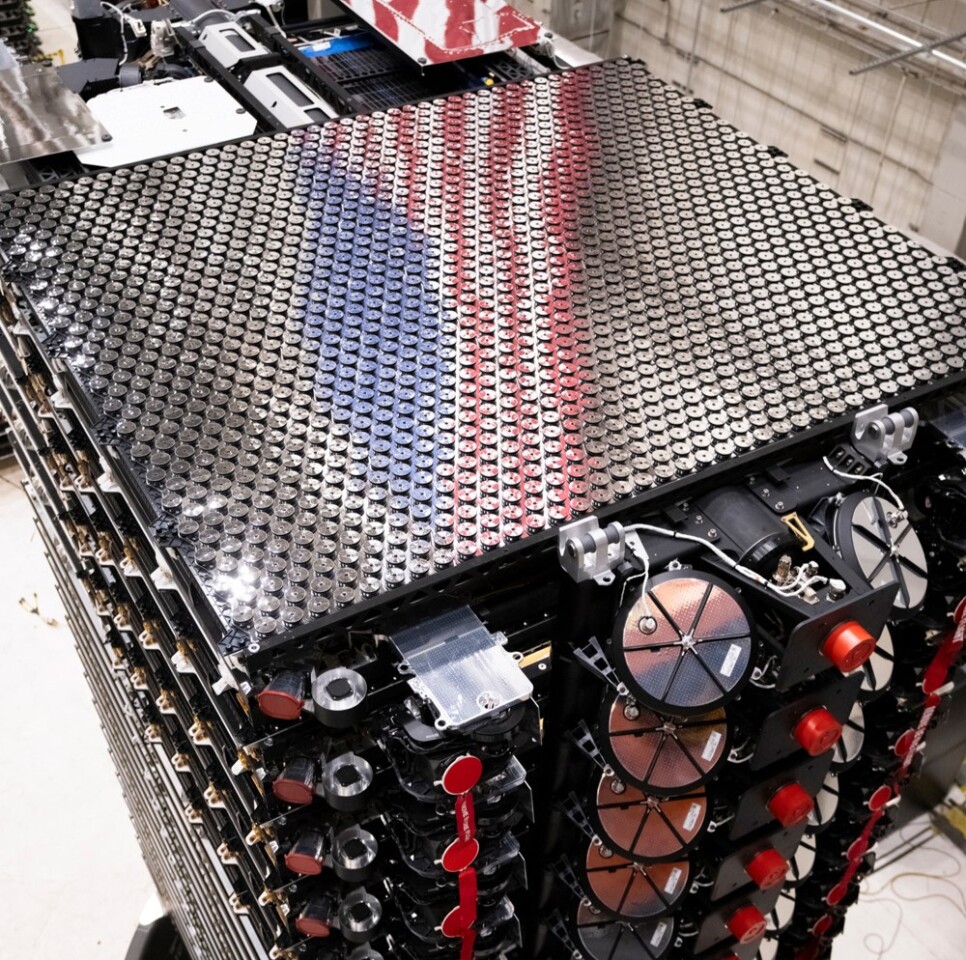SpaceX has successfully launched 20 Starlink satellites into Earth’s orbit, providing direct-to-cellphone connectivity for users worldwide. This completes the first orbital shell of the constellation, following an initial test batch of six satellites launched in January.
The satellites were deployed using a Falcon 9 rocket from California’s Vandenberg Space Force Base on December 5 at 10 PM EST and positioned in low Earth orbit. Elon Musk, the founder of SpaceX, mentioned on X that this launch will allow “unmodified cellphones to have internet connectivity in remote areas.” He also noted that the current bandwidth per beam is around 10 Mb, with plans for future constellations to be more advanced.
This aligns with Musk’s previous comments on Starlink’s capabilities earlier this year. While the current bandwidth of 10 Mb is an improvement from the 7 Mb achieved by the test satellites at the beginning of the year, Musk emphasized that the service is still not a direct competition to existing cellular networks.
SpaceX
For now, only text messaging is available until the end of 2024, with voice, data, and IoT device support expected to roll out next year. The pricing for the service has not been disclosed, but an example is Starlink’s broadband service for roaming vehicles, which costs US$50 per month with a 50-GB limit for US subscribers.
How Starlink Works
Starlink’s innovation lies in its seamless connectivity achieved without the need for specialized handsets or apps. It uses standard LTE/4G protocols, partners with mobile operators, and integrates with existing phones for global access. Starlink has optimized various parameters such as latency, altitude, and elevation angles to ensure reliable connectivity.

SpaceX
Starlink satellites are equipped with LTE modems and connect to a vast constellation of existing spacecraft for seamless data transmission. The network utilizes laser backhaul technology for high-speed communication between satellites, offering faster data rates, increased bandwidth, and enhanced security.

SpaceX
Advancement in Satellite Communication
SpaceX’s achievement with Starlink marks a significant milestone in satellite communication technology. While facing competition from other companies like Lynk and AST SpaceMobile, SpaceX’s direct-to-cell program, initiated in 2022, received regulatory approval recently. Starlink is paving the way for efficient connectivity without the need for specialized equipment.
Source: Starlink




